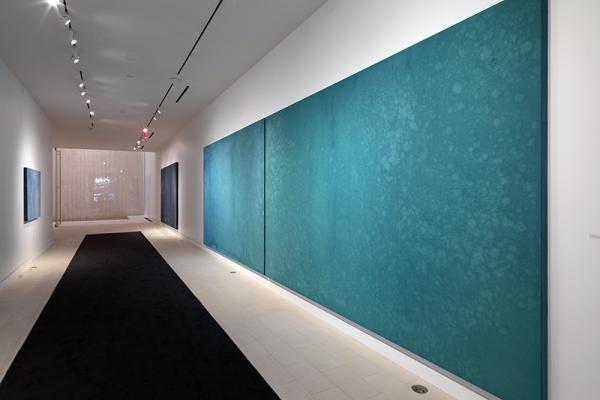Jan 5, 2017
Today, Fujimura is the most successful serious artist of openly evangelical faith in the U.S., and probably in the world. His larger paintings sell for up to $400,000 and defy the secular art establishment’s unspoken commandment: Thou shalt not reward an artist who claims explicit Christian inspiration.
Read the Full Article

Already a subscriber? Login
